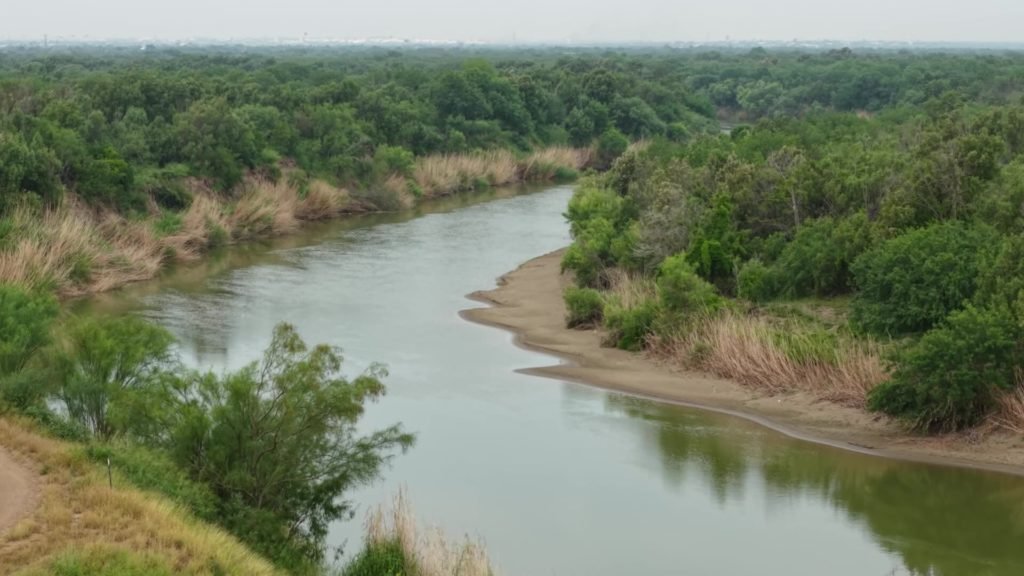Water Scarcity and Its Impact on the Rio Grande Valley: Understanding the Crisis
Introduction
In recent years, the Rio Grande Valley has become a focal point in discussions surrounding water scarcity and agricultural sustainability. Climate change, combined with long-standing treaties and international relations, complicates the water supply from the Rio Grande River. The situation reached a boiling point this year, prompting threats of tariffs and sanctions against Mexico from previous U.S. administration officials. This article explores the multifaceted dimensions of the water crisis in the Rio Grande Valley, emphasizing the economic, environmental, and political challenges faced by farmers and residents alike.
The Historical Context of Water Sharing
The water crisis stems from a treaty signed in 1944 between the United States and Mexico. This agreement mandated that Mexico would share water from the Rio Conchos and other tributaries with the United States, while the U.S. would release water from the Colorado River to Mexico for its agriculture and urban needs. However, the treaty’s stipulations have been increasingly challenged by the realities of climate change and population growth on both sides of the border.
Treaty Obligations and Shortcomings
The treaty outlines that Mexico should deliver a minimum of 114 billion gallons of water annually to the U.S. from the Rio Conchos. However, critics argue that Mexico has not consistently upheld its end of the bargain, pointing to the construction of reservoirs that allow Mexico to retain more water, which has led to accusations of failing to comply with the treaty during times of drought.
For an in-depth look at international water treaties and their implications, visit International Water Treaties.
The Impact of Climate Change
Rising Temperatures and Water Demand
The Rio Grande Valley is already experiencing significant temperature increases—averaging nearly three degrees higher since 1950. This rise in temperature exacerbates water scarcity, as crops like sugarcane and walnuts require a significant amount of irrigation. Increased demand for water from a growing population adds another layer of complexity to the issue.
Read about the effects of climate change and agricultural practices at Climate Change and Agriculture.
Farmers Facing Difficult Choices
With limited irrigation resources, many farmers in the Rio Grande Valley are being forced to make profound decisions about their crops. For instance, Tudor Uhlhorn, the last chairman of a now-closed sugar mill, explains that the industry has significantly deteriorated due to inadequate water supply. As farmers plow out their sugarcane fields, they are often left with few options to sustain their livelihoods.
Water Management Challenges
Outdated Infrastructure
One of the rampant issues plaguing the agricultural sector is aging irrigation infrastructure. Farmers like Fidel Hidalgo Tarano express concerns about wasting water due to inefficiencies in their systems. For a more efficient approach, many experts argue for modern irrigation techniques that could drastically reduce water waste. For practical solutions, consult Efficient Irrigation Practices.
Limited Water Supply from Mexico
As the current five-year delivery cycle for water from Mexico approaches its end in October, reports indicate that the country has delivered less than 40 percent of its required water. This lack of compliance not only hampers agricultural operations in Texas but also strains political relations between the two nations.
Economic Consequences of Inaction
The Closure of the Sugar Industry
The closure of Texas’ last sugar mill serves as a poignant symbol of the challenges faced. Once employing 500 people and processing substantial quantities of sugar, the mill has become a stark reminder of the impact of water shortages. The local economy is feeling the strain, with many families reliant on agriculture facing uncertainty.
Future of Agriculture in the Valley
Dale Murden, a citrus grower and president of Texas Citrus Mutual, voices concerns for the future. With water becoming increasingly scarce, citrus crops may soon follow the same fate as the sugarcane industry. As federal attention on the crisis intensifies, some voices argue that this issue serves as a bargaining chip in political negotiations between countries.
Learn about the economic impacts of agriculture and climate change by visiting Agriculture and Economic Impact.
Conclusion: A Call for Action
The water crisis in the Rio Grande Valley is a complex interplay of historical treaties, climate change, and political relations. As farmers and residents grapple with the consequences, immediate action is crucial to find sustainable solutions for water management. Without collaborative efforts from both governments, the future of agriculture—alive with resilience and innovation—could be at risk.
For ongoing discussions about climate change and water scarcity, check out the resources from The Intergovernmental Panel on Climate Change.
Understanding the nuances of the water crisis in the Rio Grande Valley is vital for creating informed policies and solutions. By examining the interplay between natural resources, agriculture, and political frameworks, we can better prepare for the challenges ahead.


